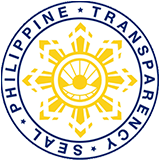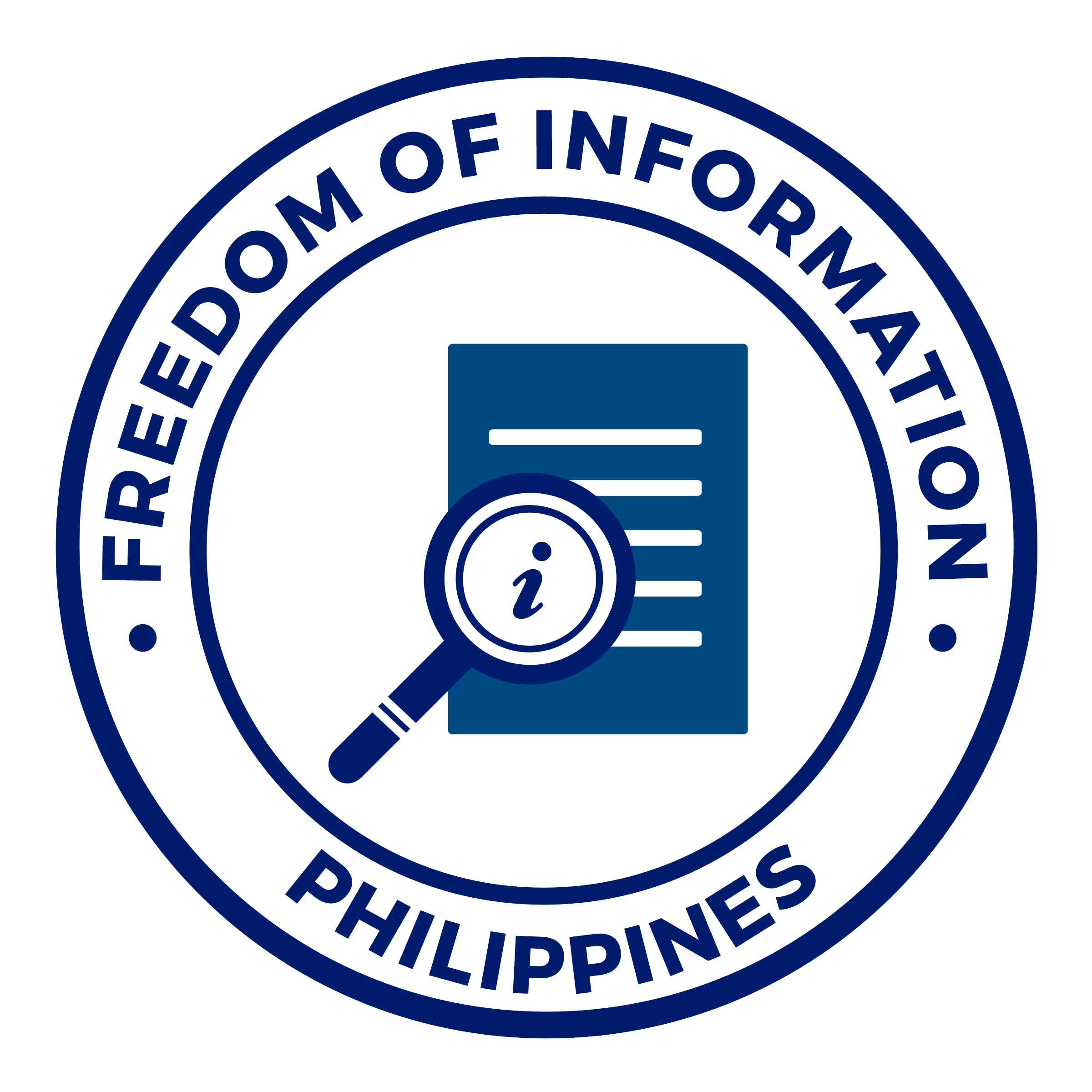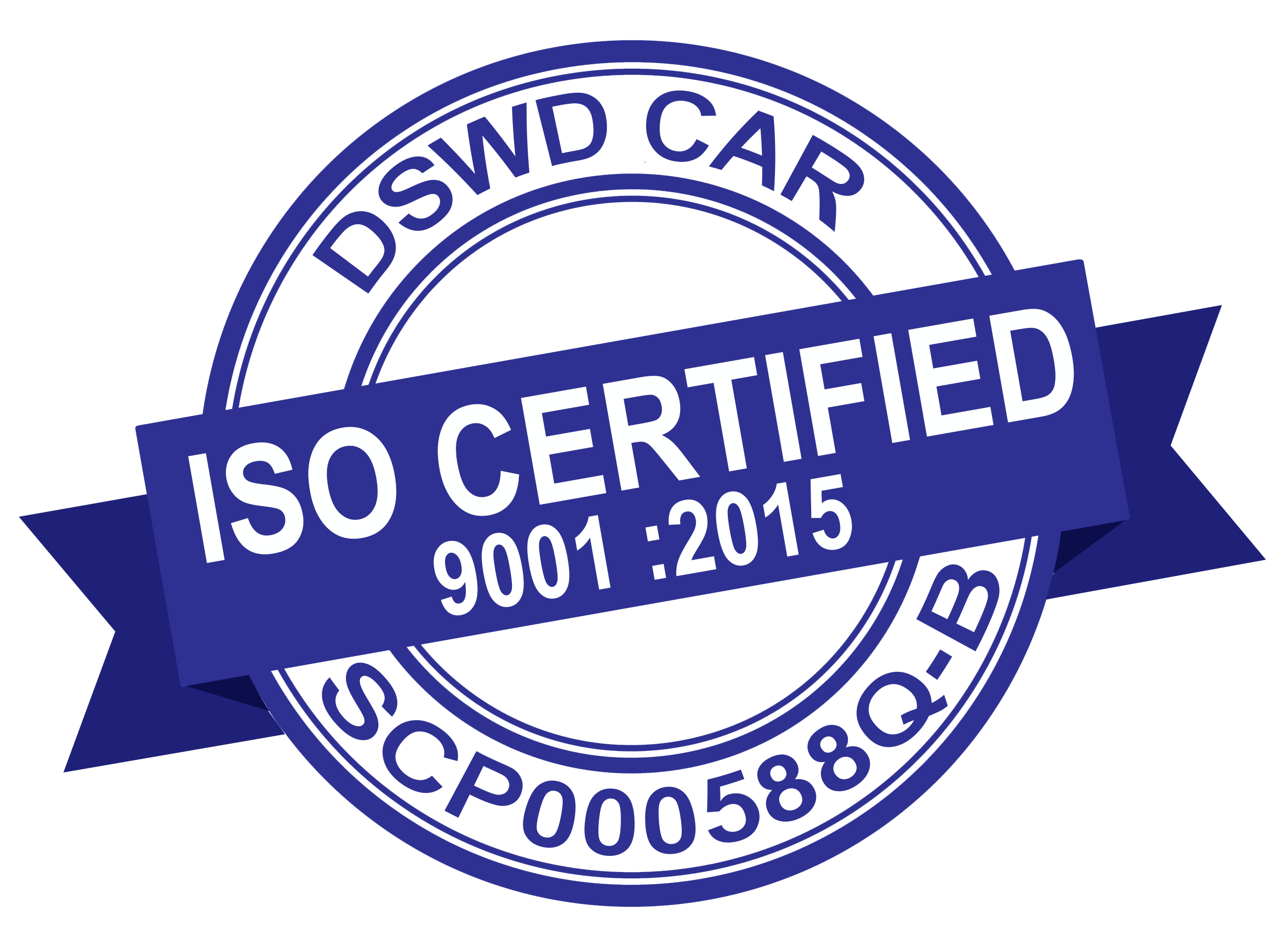
Kibungan, Benguet — On May 6, 2025, the Department of Social Welfare and Development (DSWD) brought together its two flagship programs, Kapit-Bisig Laban sa Kahirapan–Comprehensive and Integrated Delivery of Social Services (KALAHI-CIDSS) and Project Local Adaptation to Water Access at Breaking Insufficiency through Nutritious Harvest for the Impoverished (LAWA at BINHI), in a convergence effort to pilot the Sustainability Evaluation (SE) tool traditionally used in KALAHI-CIDSS. The evaluation, conducted at Polis Barrio School in Sitio Polis, Barangay Poblacion, aimed to assess the sustainability of a communal backyard garden, or Gulayan sa Paaralan, under Project LAWA at BINHI. This initiative marked the first application of the SE to LAWA at BINHI sub-projects.
Promoting Sustainability in Community Projects
The activity had two main objectives: to conduct an orientation on sustainability for communities implementing Stage 1 of Project LAWA at BINHI and to pilot the SE for evaluating sub-projects completed in 2024.
The orientation highlighted the importance of sustainability in government programs, introduced key concepts of sustainable development, and discussed practical strategies to enhance long-term outcomes. Community members were encouraged to take active ownership of initiatives to ensure their continuity beyond the project life cycle.
In support of this collaboration, DSWD Field Office CAR Regional Director Maria A. Catbagan-Aplaten emphasized the significance of synergy across programs.
“This convergence of KALAHI-CIDSS and Project LAWA at BINHI reflects our commitment to building resilient, self-reliant communities. By applying the Sustainability Evaluation tool across programs, we are ensuring that every intervention is not only impactful today but will continue to benefit communities for years to come,” said RD Aplaten.
Positive Results from the Gulayan sa Paaralan under Project LAWA and BINHI
The evaluation centered on the Gulayan sa Paaralan at Polis Barrio School, which serves both students and the surrounding community. The garden grows vegetables such as okra and beans, which are consumed locally and sold to generate income. Based on the SE, the project received a very satisfactory rating, highlighting its potential for long-term sustainability and its positive economic and nutritional impact on the community.
A First for Project LAWA at BINHI
While SE is a regular mechanism used by KALAHI-CIDSS to evaluate its community-driven development (CDD) sub-projects, this was the first time it was applied to a Project LAWA at BINHI initiative. The pilot was conducted under the directive of the KALAHI-CIDSS National Program Management Office (NPMO), in coordination with the Disaster Response Management Bureau (DRMB).
The pilot aimed to assess the current status and use of completed sub-projects; evaluate their sustainability performance; determine their alignment with Project LAWA at BINHI’s objectives; and identify needed interventions to support long-term functionality and impact.
Integrating Resilience and Community Empowerment
Project LAWA at BINHI is part of DSWD’s Risk Resiliency Program for Climate Change Adaptation and Mitigation (RRP-CCAM). It responds to issues of water scarcity and food insecurity, worsened by climate change and disasters, through sustainable, community-based solutions that promote resilience, reduce hunger, and alleviate poverty.
Meanwhile, KALAHI-CIDSS follows a community-driven development (CDD) approach that empowers communities to identify their needs, design and implement solutions, and manage projects aimed at improving local service delivery and governance.This pilot SE in Kibungan represents an important step toward aligning resilience-building with community empowerment, laying the groundwork for more impactful, sustainable, and community-owned development outcomes under DSWD’s programs. #DSWD-CAR, SOCIAL MARKETING UNIT, Yvonne Gracious T. Elegado, Social Marketing Officer III




